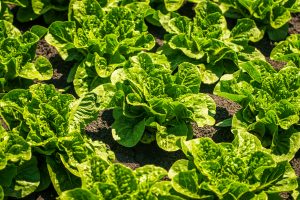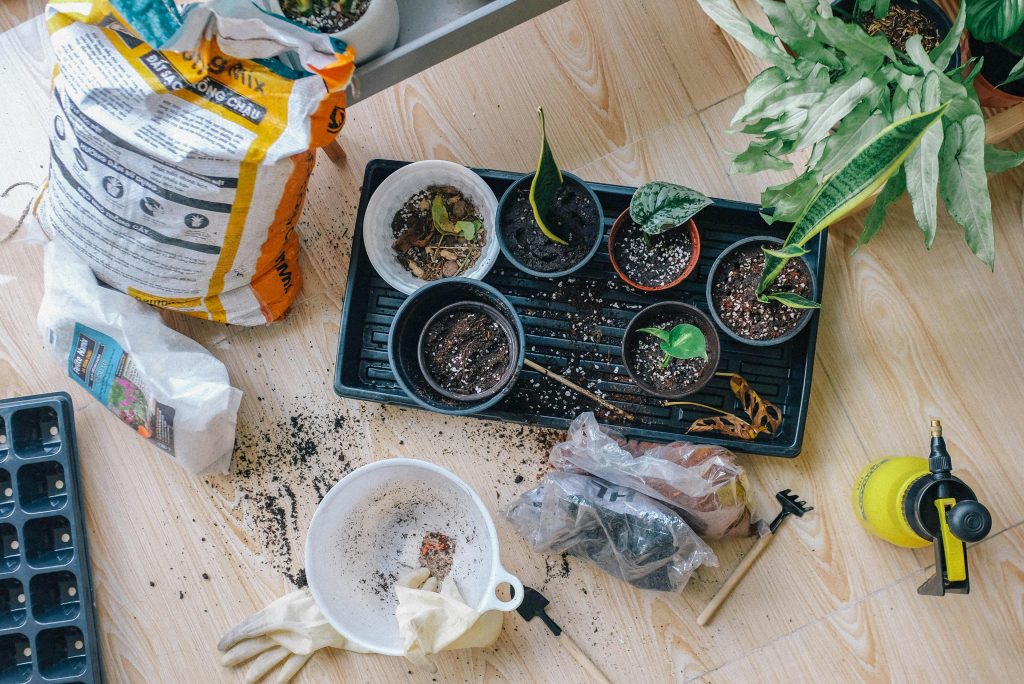
Potash for Brassicas: Firmer Heads Before Frost
Fall is the prime season for brassicas. Broccoli, cabbage, cauliflower, kale, and Brussels sprouts all thrive in cooler weather and continue to grow even as

A beautiful summer garden or lawn doesn’t happen by accident—it requires a deliberate and consistent fertilizer schedule that supports plant health through the intense heat, active growth, and environmental stress of the season. But when exactly should you fertilize? How often? And which products will provide the biggest benefit without risking burn or nutrient leaching?
In this blog, we’ll help you build a strategic summer fertilizer plan based on proven practices, product types, and plant needs. Whether you’re managing flowers, vegetables, trees, or turf, this guide from Supply Solutions LLC will help ensure you get the timing—and results—just right.
Summer is not a “set and forget” season. Nutrients are consumed more rapidly as temperatures rise and plant metabolism peaks. At the same time, excessive heat or drought can make fertilizer less effective or even harmful if applied incorrectly.
By following a well-timed schedule:
| Plant Type | Product | Frequency |
|---|---|---|
| Lawns | 21-0-0-24S Ammonium Sulfate | Every 4–6 weeks |
| Flowers | 10-10-10 Liquid | Every 1–2 weeks |
| Fruit/Vegetable Crops | 10-10-10 + Calcium Nitrate | Weekly (rotate) |
| Shrubs/Trees | 12-6-6 | Every 4–6 weeks |
| Container Plants | 10-10-10 | Every 7–10 days |
1. Ammonium Sulfate 21-0-0-24S
Quick-acting nitrogen with sulfur. Excellent for turf and alkaline soil correction.
2. 10-10-10 Liquid Fertilizer with Micronutrients
Versatile for flowers, vegetables, and shrubs. Great base fertilizer every 10–14 days.
3. 12-6-6 Ornamental Blend
Designed for foliage plants and landscape ornamentals. Use monthly.
4. Calcium Nitrate 15.5-0-0
Use weekly in alternating schedule with 10-10-10 for tomatoes, peppers, melons.
Use a physical calendar or digital tracker to log your:
This not only helps you avoid over-fertilizing, it also teaches you how your garden reacts to different products over time.
If you missed a feeding window, don’t double up next time. Instead:
A smart fertilizer schedule is just as important as the product you use. When done right, it reduces waste, boosts plant health, and gives you consistent summer performance. With reliable products like ammonium sulfate, 10-10-10, 12-6-6, and calcium nitrate, your schedule becomes a powerful tool—not a guessing game.
Still unsure what timeline is best for your specific garden?
Call 503-451-1622
Email sales@mysolutionssupply.com
Use our Contact Form
Message us on Facebook
Let Supply Solutions LLC help you build and maintain your perfect summer fertilizer plan.

Fall is the prime season for brassicas. Broccoli, cabbage, cauliflower, kale, and Brussels sprouts all thrive in cooler weather and continue to grow even as

As October settles in and frost looms on the horizon, many growers shift their focus toward harvesting what is left in the field. Yet fall
Give us a call or visit our store, and we’ll help you find the right solution for your business.
© Supply Solutions LLC 2025